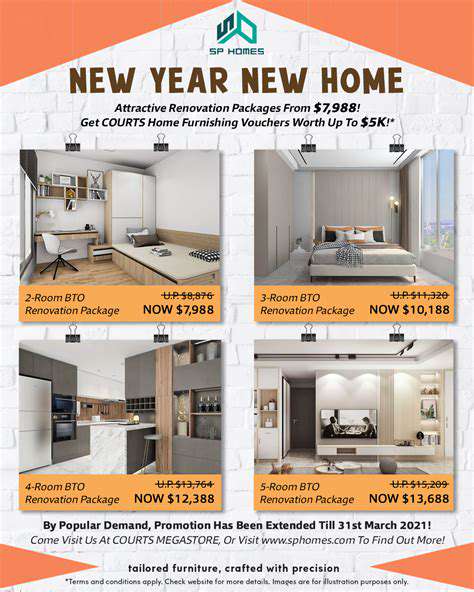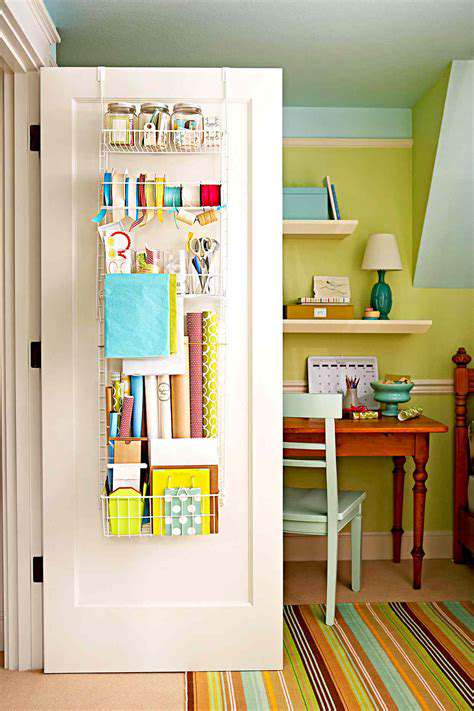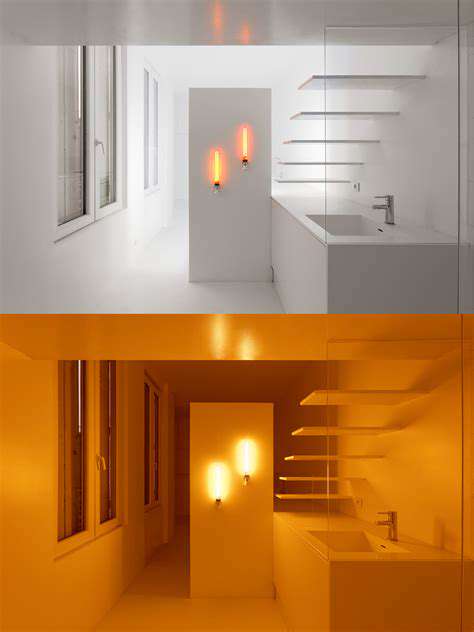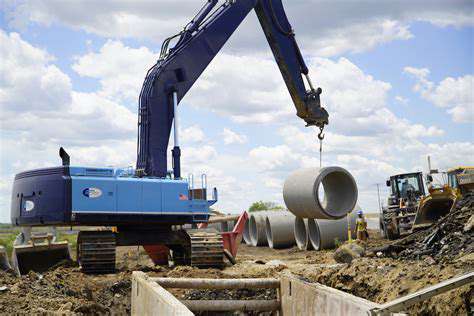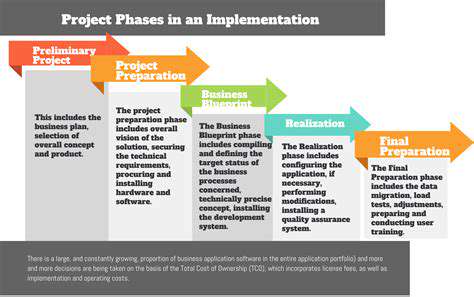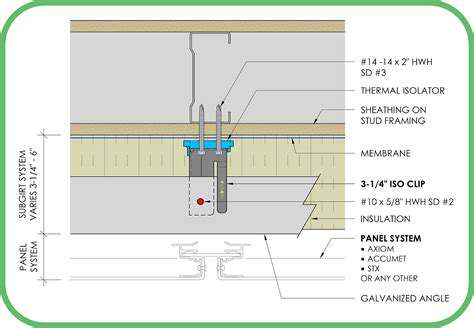How to Source Materials for Full Package Renovation
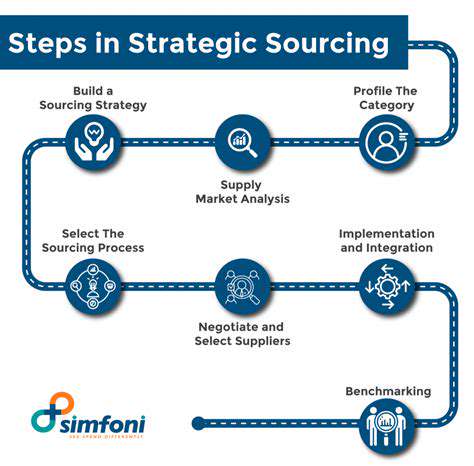
Finding the Right Fixtures
Fixture selection requires balancing aesthetics with engineering. That stunning chandelier must physically support its weight while complementing your design scheme. Visit showrooms to test functionality - does the drawer glide smoothly? Does the faucet have adequate water pressure? Bring your floor plans when shopping to visualize scale accurately.
Evaluating Material Properties
Technical specifications matter as much as visual appeal. Request material data sheets comparing moisture resistance, fire ratings, and structural capabilities. For kitchens and baths, prioritize non-porous surfaces that resist mold and bacteria. In high-traffic areas, focus on impact-resistant materials that maintain their appearance after years of use.
Always verify certifications - look for stamps from organizations like NSF International for food-contact surfaces or GREENGUARD for indoor air quality.
Considering Sourcing Strategies
Smart sourcing means diversifying your supplier network. Establish relationships with both big-box retailers for consistency and local artisans for custom pieces. Seasoned renovators maintain a spreadsheet tracking lead times, return policies, and price histories across vendors. For specialty items, consider ordering samples months before needed to test quality.
Managing Quality Control
Implement a 3-stage inspection process: when materials arrive, during installation, and post-installation. Create punch lists documenting any imperfections for immediate resolution. Photograph all deliveries before opening in case of shipping damage claims. For large orders, consider hiring an independent inspector to verify specifications before installation begins.
Coordinating and Monitoring the Renovation Process
Planning and Budgeting
Successful coordination starts with granular planning. Break your project into phases with individual budgets - demolition, framing, mechanicals, finishes. This micro-budgeting reveals hidden costs early. Always include a 10% oops fund for each phase, as electrical and plumbing work often uncover unexpected issues once walls open up.
Material Sourcing Strategy
Develop a just-in-time delivery schedule to prevent material pileup. Coordinate deliveries to arrive precisely when needed, minimizing jobsite clutter and theft risk. For custom items with long lead times, order early and store offsite if necessary. Maintain a running inventory spreadsheet accessible to all contractors to prevent duplicate orders.
Quality Control and Inspection
Implement milestone inspections at critical junctures - after framing before drywall, after rough-ins before insulation. These checkpoints catch errors while they're still easy to fix. Consider hiring a third-party inspector for major systems to get an unbiased assessment before proceeding to next phases.
Communication and Collaboration
Establish a single communication hub (like a shared cloud folder) for all plans, change orders, and progress photos. Daily 10-minute huddles with contractors prevent small issues from ballooning. For homeowners, designate one decision-maker to prevent conflicting instructions that delay progress.
Scheduling and Timeline Management
Build a float period between trades - electricians might finish early, but tilers need time for mortar to cure. Use project management software to visualize dependencies and critical paths. Update schedules weekly based on actual progress rather than optimistic estimates.
Risk Assessment and Mitigation
Identify your top five risks (material shortages, weather delays, etc.) and develop contingency plans for each. For example, select backup flooring options in case your first choice becomes unavailable. Document all risk management decisions to streamline insurance claims if needed.
Project Documentation and Reporting
Maintain a renovation journal with daily notes and photos. This becomes invaluable for warranty claims, future projects, and tax documentation. Create a digital as-built folder with final photos of all systems before walls close up - future homeowners will thank you.
